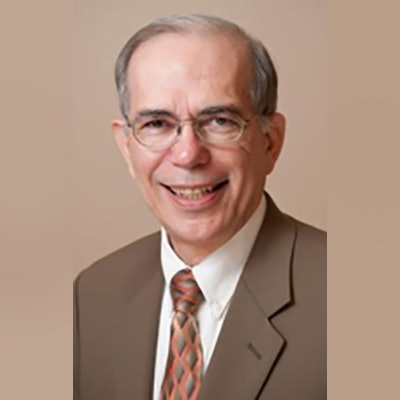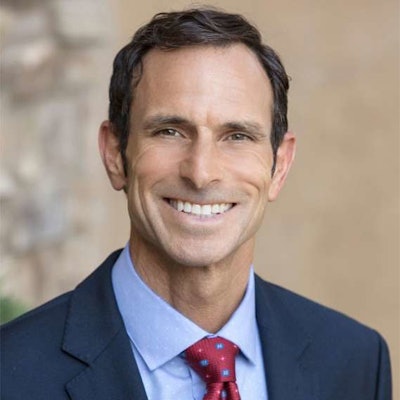Today’s educators and policymakers often struggle to address significant challenges, including instability of funding, enrollment fluctuations, college readiness, student basic needs, transfer barriers, emergency preparedness, equity gaps, and many others. Current educational issues and how we respond to them will shape our future, just as the issues of the past have shaped our institutions. An understanding of the formation and continuing evolution of community colleges provides important insights for those who are faced with resolving today’s issues.
 Dr. George R. Boggs
Dr. George R. Boggs
Joliet Junior College, outside of Chicago, opened its doors in 1901 at Joliet High School, serving six students. By 1907, the California legislature passed the California Upward Extension Act, the first state law in the country that authorized the establishment of junior colleges. Fresno High School was the first institution to take advantage of the 1907 law, opening its doors to 28 students in 1910. Junior colleges expanded rapidly in California, and many of its policies and programs would shape the development of the colleges throughout the country.
The Truman Commission report, issued in 1947, changed the course of U.S. higher education from “being an instrument for producing an intellectual elite” to becoming “the means by which every citizen, youth, and adult, is enabled and encouraged” to pursue higher learning. The Commission’s report marked the first general use of the term community college and recommended that they expand nationally to provide universal access to postsecondary education. Expanding to every state and shaped by such forces as the educational and training needs of returning veterans, the baby boom generation and the growing need for skilled workers, community colleges changed the paradigm for American higher education from one in which students had to “go away” to college to one that provided access to high‐quality and affordable higher education and training in local communities.
Our new book, A College for All Californians: A History of California’s Community Colleges, chronicles the development of community colleges in California and how they influenced expansion throughout the country. The evolution of California’s community colleges was not without challenges. Policymakers struggled to define the missions of these new institutions and questioned whether they should become four-year colleges. Governance shifted from school trustees and the California Department of Education to locally elected trustees and a state Board of Governors with authority constrained by voters who were concerned about tax levels. The quality of the faculty and course offerings was first supervised by the University of California, then the State Department of Education, then the Accrediting Commission for Community and Junior Colleges, their regional accreditor. Faculty, originally recruited from the ranks of public-school teachers, gained status and protections. Financing of the colleges went through a complex evolution as policymakers struggled with economic cycles, issues of fairness, and the will of the state’s voters to pay for them. Student service programs were created to support students and to respond to state and national interest in civil rights and promoting equity. Noncredit programs emerged to serve the educational needs of new immigrants, to provide short-term workforce training, and to offer community interest programs. Associations, interest groups, and unions emerged to advocate for the colleges, their programs, and the employee groups. Athletic programs that were developed in California’s community colleges shaped how student-athletes were to compete in community colleges across the country, but disagreements caused a separation between programs and policies in California from those in the rest of the country.
 Dr. Lawrence A. Galizio
Dr. Lawrence A. Galizio
Originally developed to offer the first two years of a baccalaureate education, community colleges have evolved into comprehensive institutions. They serve the postsecondary educational needs of communities in many ways. Understanding the history of their evolution and how issues continue to shape them is instructive for those confronting today’s educational challenges.
Dr. George R. Boggs is president and chief executive officer emeritus of the American Association of Community Colleges and superintendent and president emeritus of Palomar College in San Marcos, California.
Dr. Lawrence A. Galizio is president and chief executive officer of the Community College League of California.
A College for all Californians: A History of the California Community Colleges is published by Teachers College Press.
The Roueche Center Forum is co-edited by Drs. John E. Roueche and Margaretta B. Mathis of the John E. Roueche Center for Community College Leadership, Department of Educational Leadership, College of Education, Kansas State University.
This article originally appeared in the March 3, 2022 edition of Diverse. Read it here.















